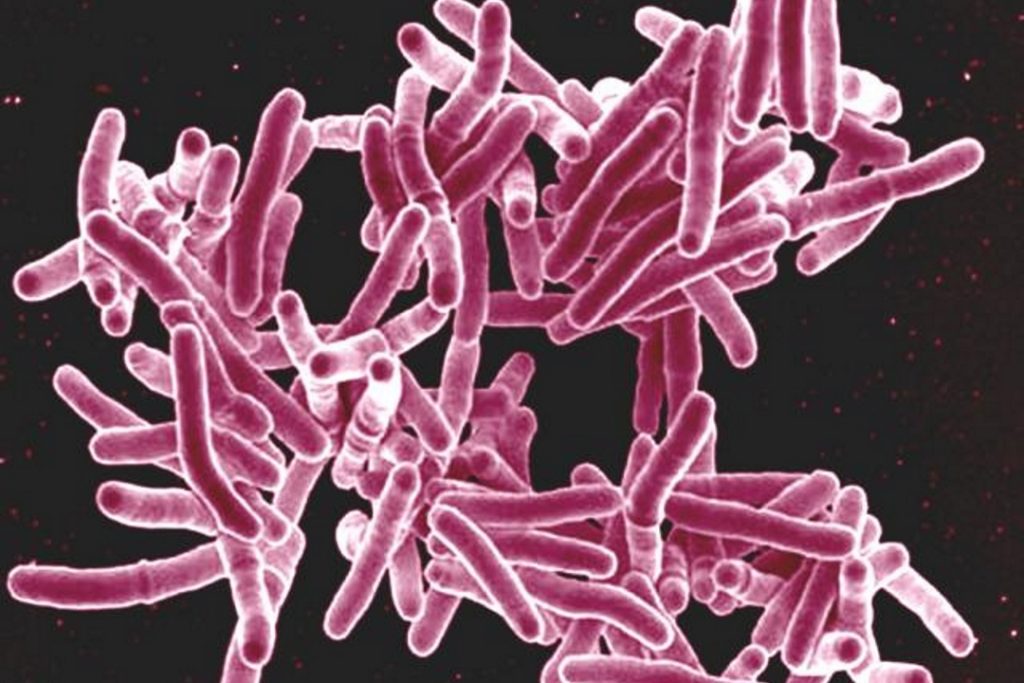
Contents [hide]
There are other drugs that are only used for the treatment of drug-resistant TB. It is essential to take several TB drugs together. If only one TB drug is taken on its own, then the patient will very quickly become resistant to that drug.
Anti Tubercular Drugs
All First line anti-tuberculous drug names have a standard three-letter and a single-letter abbreviation:- isoniazid is INH or H
- ethambutol is EMB or E
- pyrazinamide is PZA or Z
- rifampicin is RMP or R
- streptomycin is SM or S
- aminoglycosides: eg., amikacin, kanamycin
- polypeptides: eg., capreomycin, viomycin, enviomycin;
- fluoroquinolones: eg., ciprofloxacin, levofloxacin, moxifloxacin
- thioamides: eg., ethionamide, prothionamide
- cycloserine
- bedaquiline (good for MDR-TB)
- macrolides eg. clarithromycin
- rifabutin
- clofazimine
- linezolid
- thioacetazone
- vitamin D
Types of cases
- New case: A patient who has never had treatment for TB or has taken anti-tuberculosis drugs for less than one month.
- Relapse case: A patient declared cured of TB by a physician but who reports back to the health service and is found to be bacteriologically positive.
- Transferred in case: A patient who has been received into a Tuberculosis Unit/District after starting treatment in another unit where he has been recorded.
- Treatment after default case: A patient who has received anti-tuberculosis treatment for one month or more from any source and who has interrupted treatment for more than two months.
- Failure case: An initial smear positive patient who remains smear positive at five months or more after starting treatment OR an initial smear negative patient who becomes smear positive during the course of treatment.
- Chronic case: A patient who remains smear positive after completing a re-treatment regimen
- Other: A patient who does not fit into any of the above categories. e.g., a relapse patient may be smear negative or an extra-pulmonary TB patient who has not responded to treatment. Such patients are categorized as others and receive category two treatment.
Treatment falls into various categories based on the severity/type of disease.
- Category 1 for the treatment of new patients
- Category 2 for previously treated patients
- There was in future to be no treatment category 3.
- Category 4 for patients requiring treatment for MDR-TB
- Category 5 for patients requiring treatment for XDR TB
All new TB patients in India should receive an internationally accepted first-line treatment regimen (a regimen is the prescribed course of treatment, in this case, the TB drugs) for new patients. The initial phase should consist of 2 months of the drugs Isoniazid (H), Rifampicin (R), Pyrazinamide (Z) and Ethambutol (E). The continuation phase should consist of the three drugs Isoniazid, Rifampicin and Ethambutol given for at least four months. In special situations, the continuous phase may be extended by three to six months. The drug dosages should be given according to the body weight of the patient.
Previously treated patients
With previously treated patients, MDR-TB or R resistance must firstly be ruled out by a quality assured test. Then if the TB patient is:
- a) Returning after being lost to follow-up;
OR
- b) Relapsing from their first treatment course;
OR
- c) They are new TB patients failing with their first treatment course
Treatment for categories 4 and 5 are mentioned in the article Drug Resistant TB.
Side effects
Managing the side effects of medication is important in helping people to complete their TB treatment. This is crucial to minimize the impact of TB on a person’s health and to stop them spreading the illness. In general, the first line drugs used to treat drug-sensitive TB are better tolerated than the second line medications for drug-resistant TB. Common side effects include:- feeling sick or dizzy
- skin rashes
- pins and needles
- flu like symptoms
- In very few cases people may experience jaundice, which is the yellowing of skin or eyes. If this happens, stop taking your medication and tell your doctor straight away.
What is DOTS?
DOTS or Directly Observed Treatment Short course is the internationally recommended strategy for TB control that has been recognized as a highly efficient and cost-effective strategy. DOTS comprises five components.- Sustained political and financial committment. TB can be cured and the epidemic reversed if adequate resources and administrative support for TB control are provided
- Diagnosis by quality ensured sputum-smear microscopy. Chest symptomatics examined this way helps to reliably find infectious patients
- Standardized short-course anti-TB treatment (SCC) given under direct and supportive observation (DOT). Helps to ensure the right drugs are taken at the right time for the full duration of treatment.
- A regular, uninterrupted supply of high quality anti-TB drugs. Ensures that a credible national TB program does not have to turn anyone away.
- Standardized recording and reporting. Helps to keep track of each individual patient and to monitor overall program performance